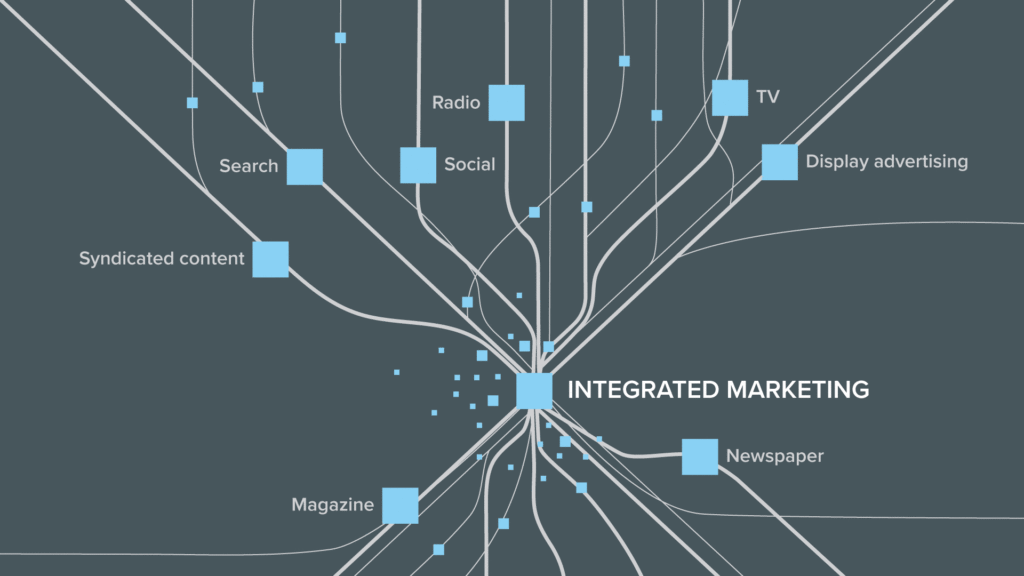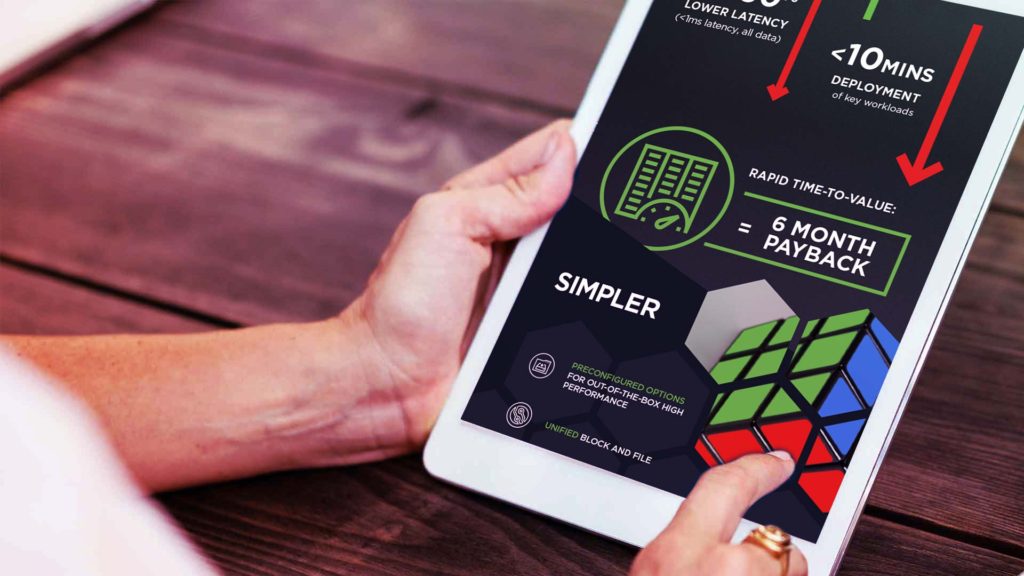In part three of our three part series, we’ll help you navigate your way through the complicated task of creating a brand that your target market will love.
- Questions you should ask when branding your business
- How to develop a great brand name
- How to conceptualise a logo
How to conceptualise a logo
The other side of the memorable branding coin is your logo and visual identity. Here are some tips for creating a great logo that captures your customers’ attention while effectively communicating the values of your brand.
Looks count
Busy and confusing logos can be hard to understand and recognise at a glance, let alone infer meaning from. So, simple and memorable logos are usually the way to go.
From the twin arches of McDonalds to the famous Nike tick, a good logo should remain clear and visually striking, no matter the size, format or location. That means it should look good whether placed on a business card, or hoisted above your store to catch your customer’s eye from across a crowded shopping centre.
While creating your logo, try blowing up your designs and shrinking them down to make sure they look good at any scale.
Get creative
When it comes time to conceptualise your logo, get creative and have a bit of fun.
Your first idea will rarely be your best idea, so try to put down as many thoughts as you can to get your creative juices flowing. You can worry about picking your favourites later. Even if you can’t picture how an idea will work, jot it down! This is just the brainstorming session and you can easily discard concepts that won’t fly once you move to the next stage.
Remember to try to tie your logo back to the core concepts and values we mentioned earlier. If you’ve already come up with your brand name, we also suggest finding clever ways to connect your logo to your name.
Ask for feedback
When choosing a logo, it’s good to seek opinions to help you make your decision. If you’ve already got a personal favourite, sometimes it can blind you to what is actually best for your brand. Asking for feedback from others – even the public – is a great way of removing those biased blinkers.
“
We recommend creating a shortlist of 4-6 potential logos, and asking people to share their thoughts and vote on their favourites.
”
There are many business groups and communities on social media where you can share your logos and get opinions from real people. We recommend creating a shortlist of 4-6 potential logos, and asking people to share their thoughts and vote on their favourites. Many people will be happy to tell you why something did or didn’t work for them. This can offer great guidance for improving your logo if there wasn’t a clear winner during voting.
Be different
An unremarkable logo can make it difficult to stand out from the crowd, and If your logo is too similar to an existing brand, it can not only be confusing, it may even lead to customers accidentally going to your competition. In the worst case it could become a legal battleground if you’ve really come close to another company. Just like your brand name, when coming up with a logo, be sure to research what’s already out there to prevent accidental copies.
Know your colours
Some colours just work better together than others, so take care in selecting a palette that’s visually appealing.
Remember, your logo is going to be displayed in a number of formats, so it needs to look good whether blown up for a billboard or shrunk down for a business card, and also needs to make sense in both black and white and colour. It’s also a good idea to restrict the number of colours in your logo, as more colours may result in more expensive printing costs.

Your colour choices also have the ability to influence moods. For example, red is a passionate and ambitious colour, green often reflects calm, freshness and nature, while yellow is considered a happy, friendly and energetic colour. Take the time to learn about the psychology of colour so that you can best reflect the personality of your brand and the message you wish to convey.
It’s important to note that colours within a B2B setting may have slightly different connotations to those in a B2C setting. Traditionally, the colour blue — a colour representing trust, reliability and confidence — has been one of the most popular colours for B2B businesses (think IBM, HP and AT&T). However, as markets have become more competitive, B2B companies have begun to experiment with different colours to help them differentiate themselves and better represent their brands.
While the colour blue is still a solid choice for your logo, its heavy use in the market may be something you wish to consider before deciding to use it.
However, with the right amount of brand equity, you can also play with colour – think Telstra – or have no colour dominate, like Google. It’s all about just showing who you are.
Pick the right typeface
Your logo will likely need to be used in a variety of different settings, so it’s important to select a typeface that’s clear and easy to read, no matter the size.
Remember, your choice of typeface can have just as much of an impact on how people view your brand as the colours and images you use, so make sure to select something that matches your brand identity. Looping, fancy letters, for example, may be a great option for a classy, indulgent food business, but could give the wrong impression for a managed IT services company.
When in doubt, consult an expert
Designing a quality logo often requires an expert eye.
By hiring a professional, you’ll get the benefit of an experienced designer who knows how to capture your brand identity and convey meaning through colour, type and imagery. With the help of a designer, you can be confident that your logo will be clean, professional and visually appealing at every scale.
Need help branding your business?
Branding isn’t easy. But it’s a vital step to creating a memorable and relatable brand.
Here at The Walk, we can help you assess your brand values, detail your brand identity and understand your target audience to help you refine your branding down to an art form. Drawing upon our vast network of creative professionals, we can ensure that you get eye catching branding that captures the heart of your company while inspiring action.
You only get one chance at a good first impression, so contact us today and we can help you make your first impression count!





